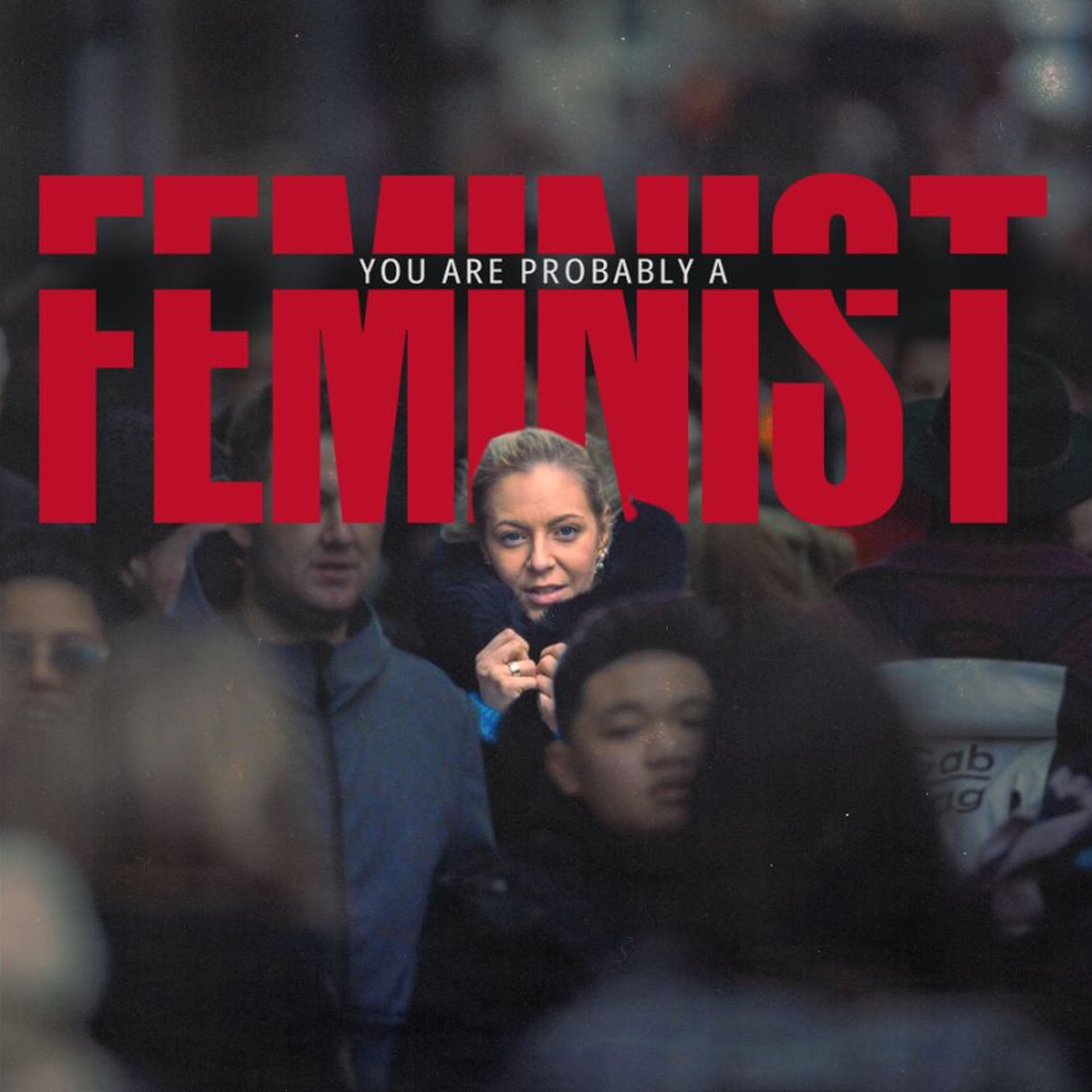CATEGORIES
#Breaking Stereotypes #HeforShe #Inclusion and ImpactOverview:
- Open allegiance to feminism sparks debates and assumptions about a person’s character and beliefs, and so, many people prefer to use terms like gender equality, humanist, or equalist.
- Ultimately, both feminism and gender equality refer to the same basic concept.
- Supporting gender equality but not feminism essentially erases the history that’s leading us to gender equality.
I am a feminist. If you look closely, you will find this word written on several of my social profiles, including LinkedIn, where everyone can see and form a perception of me and my beliefs based on their definition and understanding of feminism. This bold assertion is often met with blank stares, raised eyebrows, and the infamous statement, “Oh, you are one of those?” from men and women alike.
In this context, “one of those” could imply anything from man-hating to anti-motherhood, antimarriage, antimakeup, and even promiscuous. One of those women who view femininity as a weakness — because apparently, feminism encourages women to reject what being a woman supposedly is and assume “the man’s role.” Such fallacies may indeed be beliefs held by women (misandrists) who call themselves feminists. However, most are usually ideas taken out of context and in no way representative of true feminism.

Ironically, some people who do not identify as feminists believe in everything feminism advocates for but insist on classifying their beliefs under “gender equality” or just “equality.” Others, still, admit to being pro-feminism but dissociate from identifying as feminists because of how frequently the concept is confused for misandry. Needless to say, misandrists are not feminists; hating men or believing that women should be valued over men contradicts what feminism stands for.
Why Feminism, Not Gender Equality
The Oxford English Dictionary defines feminism as the advocacy of equality of the sexes and the establishment of the political, social, and economic rights of the female sex. It defines gender equality as a situation in which access to rights or opportunities is unaffected by gender.
Ultimately, both feminism and gender equality refer to the same basic concept: the belief that all genders should be treated with equal respect and dignity. While gender equality is a goal that feminists strive for, feminism also acknowledges the fact that women have historically been selectively disadvantaged and marginalized.
Feminist ideals advocate for active steps to address this imbalance. The movement essentially seeks to give women the rights they have been denied for centuries. Gender equality and other terms like humanist and equalist may appear more inclusive and safer to identify oneself with than feminist. This is due in large part to the widespread misunderstanding of the concept and objectives of feminism.
Chimamanda Ngozi Adichie succinctly puts this into perspective in her writing for The Guardian.
“Some people ask, “Why the word feminist? Why not just say you are a believer in human rights or something like that?” Because that would be dishonest. Feminism is, of course, part of human rights in general – but to choose to use the vague expression human rights is to deny the specific and particular problem of gender. It would be a way of pretending that it was not women who have, for centuries, been excluded. That the problem was not about being human, but specifically about being a female human. For centuries, the world divided human beings into two groups and then proceeded to exclude and oppress one group. It is only fair that the solution to the problem should acknowledge that.”
Feminism is for Everyone
Other than protecting the rights of women, feminism fights the patriarchy holistically, which hurts men and nonbinary individuals as well by assigning gender roles and overvaluing masculinity or the concept of ‘alpha-males.’ It is important to note that the terms feminine and masculine are not synonymous with gender and simply represent certain traits and roles that society happens to assign to the genders. Feminism seeks to elevate the feminine to be equal to the masculine. In so doing, it liberates men from the shackles of toxic masculinity and allows everyone to define and express their gender identity freely.
Since its official beginning in the 19th century, the feminist movement has evolved. It continues to do so today, accommodating multiple perspectives and, in its quest to promote equality for all, recognizing other aspects of inequality within the movement.
Intersectional feminism, for instance, seeks to be inclusive and intersectional in its approach to feminism by recognizing that different people can have multiple intersecting identities and experiences that can impact their lives and the ways in which they are marginalized or oppressed. This can include but is not limited to intersections of gender, ethnicity, social class, ability, sexual orientation, religion, and nationality. Intersectional feminism, thus, works to dismantle all forms of systematic oppression.
In my experience at Girl Power Talk, the question, “What does feminism mean to you?” is quite common and one of my favorites. The beauty of this question is that it usually does not have a right or wrong answer. This demonstrates that everyone is entitled to their own definition of feminism and confirms that you can still identify as a feminist even if you do not agree with all the strands of the movement — you would certainly not be the first person to question aspects of the movement from the inside; that is how change and inclusivity come about.
Yes, I am a Feminist
The fact that feminism is known more for its most extreme elements than what it truly entails and advocates for is a major disservice to the cause (and likely the patriarchy’s attempt to eliminate a threat). It is a shame that anyone would think it okay to use #feminist on a sexist remark or action. It is disheartening that the actions of imposters take precedence over the truth.

I understand the inclination to distance oneself from the word feminist, especially because open allegiance often comes with a need to explain what “kind of feminist” you mean. It can be exhausting. However, I will not refrain from using the label simply because it might be misinterpreted as misandry.
I will own and write about the word to educate people on what it means and help dispel the myths about feminism. I refuse to give power and surrender the word to people who do not understand its meaning and instead use it to push a hateful agenda, or change my vocabulary to make others more ‘comfortable’ with the idea of much-needed change. So, yes, I am a feminist — and if you believe in the sexes’ social, political, and economic equality, you are definitely one too.
Conclusion:
Misusing and misinterpreting the term “feminism” as a negative or extreme ideology are detrimental to the progress of gender equality. It is essential to continue using the term proudly and confidently, as it represents a vital cause that benefits everyone. Ultimately, striving for equality and challenging harmful gender norms should be a shared responsibility and goal for all.



